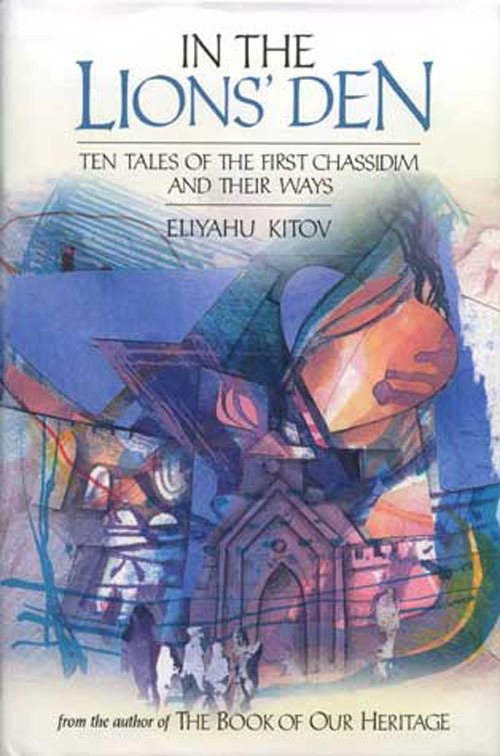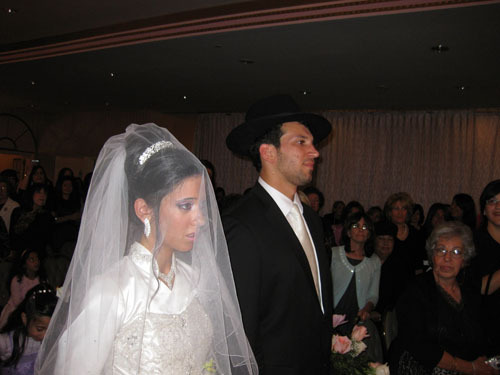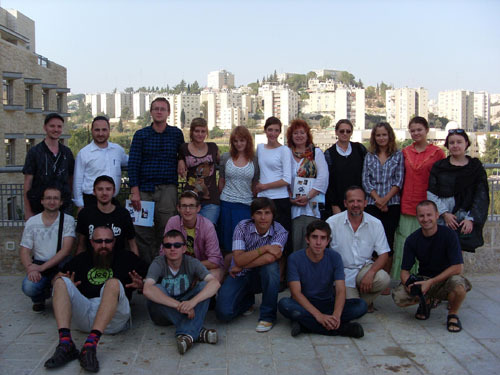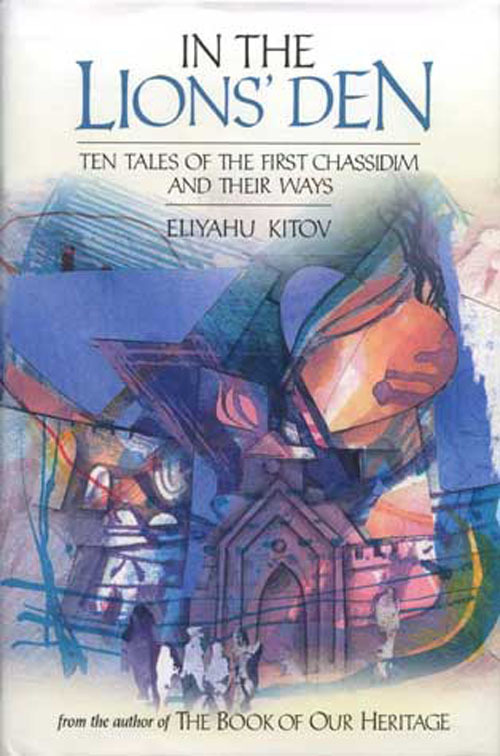The Kosher Bookworm: Repentance in the Chassidic tradition
In his classic study, “The Religious Thought of Hasidism” (Yeshiva University Press/Ktav Publishing House, 1999), Rabbi Norman Lamm defines the Chassidic take on repentance: “To begin with, [repentance] often reflects kabalistic concepts of repentance. Thus, human repentance is connected to the processes of cosmic renewal.”
Chassidism, according to Rabbi Lamm, sees teshuva as a way of life, a pervasive aspect of religion and not just an effort to obtain divine forgiveness for particular sins.
This view is reflected in Chassidic literature, most of which consists of stories about the personalities that created Chassidic ideology.
Rabbi Avraham Eliyahu Kitov was one of the leading populists of our time. He wrote predominantly about the narrative of Jewish ritual and holiday observance. Rabbi Kitov helped inform generations of both highly and marginally observant Jews to better understand the history and reasoning behind Jewish religious practice. Yet, in dealing with Chassidic tradition, it is his story that is utilized to detail the ritual and lifestyle of Chassidic culture.
This point was reflected in the writing of his two-volume classic, “In The Lion’s Den” (Feldheim, 2005). In both the original Hebrew and English translation the work offered an eloquent and picturesque portrayal of Chassidic life and practice through the lives of its religious guides and mentors.
Of particular interest to readers at this time of year is the ninth chapter of the first volume. Titled, “The Absolute Truth,” the chapter deals with the High Holiday experiences of R. Levi Yitzchak of Berditchev. The narrative weaves together different communal and theological challenges and the author's take on the characters within each segment of this religious drama.
I am certain that no reader has ever experienced Selichot or a Rosh Hashanah service as described in this segment. One has to assume that the story has much to teach us in terms of human relations, ethics, and honesty, both among ourselves and between G-d and us.
Kitov’s skill in storytelling matches up to the skills he demonstrated in his previous works and much credit for this English translation goes to Miriam Zakon.
Next Shabbat, the 18th of Elul, marks the birth date of the Baal Shem Tov. In honor of this occasion, the Kehot Publication Society has reprinted a newly revised edition of “The Great Mission: The Life and Story of Rabbi Yisrael Baal Shem Tov.” Sections of the book detail not only dry biographical facts of the Besht’s life, but a panorama of the era in which he lived. Much of the book focuses on the Besht’s life and events that framed the future of Chassidism. Many of these well-known stories have served Jewry well over the succeeding three centuries.
As with the proceeding volume, this book contains two brief, yet very inspiring, timely chapters. Titled, “The Sound of the Shofar” and “Spiritual Shoes,” both chapters offer a special message for the upcoming holiday season.
In celebration of the Besht’s birthday, I would like to conclude this review by bringing to your attention one more book, “The Circle of the Baal Shem Tov: Studies in Hasidism.” Written by the late great Rabbi Abraham Joshua Heschel, zt”l, the work was edited and introduced with a scholarly introduction by Rabbi Samuel Dressner, z”l.
First published in 1985 by the University of Chicago Press, this classic, in my opinion, is one of the best books dealing with the early personalities of the Chassidic movement. Since its publication in 1985 no other book has come along to top this one in both scholarship and accuracy. While currently out of print, I hope and trust that a renewed demand will generate a paperback edition of this valued piece of scholarship of Chassidic history.

 55.0°,
Fog/Mist
55.0°,
Fog/Mist 































